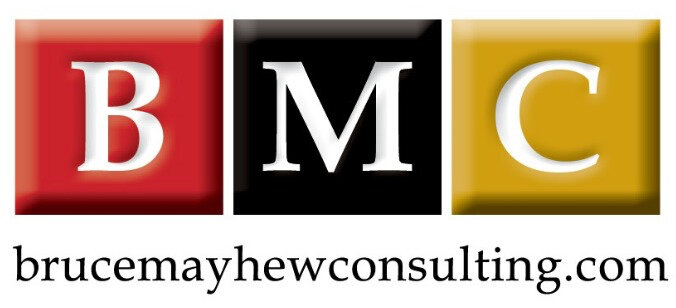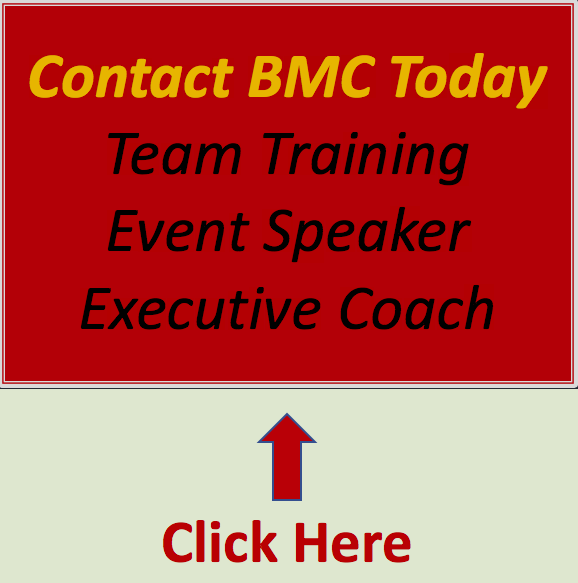How To Have Employee And Team Meetings: Be A Great Leader
/Being a great leader is about knowing your people and building trust so you can help them to proudly do their best work. But how do you get to know people without sounding personally intrusive and creepy? And let’s face it, work is work for both of you and neither of you need a new best friend.
A combination of team and one-on-one meetings is the answer if you want happy, trusting and loyal employees, high employee engagement and high productivity.
Employee and team meetings don’t need to be long, but, they should be professional in nature (i.e.: not a walk to get a coffee), and I believe employee and team meetings should have a relaxed feeling. The most important outcome of these meetings is that your employees feel important and listened to. This means that besides having the meetings, you have to show them you care by giving them your undivided attention during these meetings; so put your phone away… and have them do the same!
One more thing before we get into how to have employee and team meetings as well as some possible questions to use. If you or they are new to this type of meeting, expect them to be quiet at first. Trust is a big part of this and they may have to learn this is a safe place to share. This also means you have to keep the meetings feeling positive… even when you are discussing a challenge, don’t look for blame, instead look for solutions – what can be done.
Step 1. Establish A Routine
Your meetings must happen on-schedule and be a priority. You can’t cancel them at a drop of a hat and you can’t let your employee(s) cancel them either. When you dedicate time for these meetings and keep them on schedule, this signals to your employee(s) that their well-being, success, feedback and insight are important to you.
Step 2. How To Have One-on-One Meetings
I like to call one-on-one meetings ‘laser meetings’. I design them as 15-minutes long (tops) where an employee and I meet in a private space (like an office or board room). I also like to have them run the meeting. I’m not there to draw information out of them – I’m there to listen, be there for them and engage in conversation. Laser meetings also give employees the privacy to ask questions or have discussions with me that they may not want to have in front of other people or a group. How do I do that? I share with them far in advance possible questions they might want to answer. For example:
What are your biggest accomplishments this week / month or with this project?
Do you want to give a shout-out to a colleague who you saw make a positive impact?
What challenges and/or roadblocks you are facing that might put a deliverable in jeopardy?
What resources do you need to help you achieve your goals?
How can the team help you achieve your goals?
What is something I (your leader) should start, stop and/or continue doing with with the team?
Is there something I can help you with to meet one of your personal or professional goals?
What is something we can improve upon – as a department or company?
What excites you the most about work lately?
On a scale of 1-10, how safe do you feel sharing ideas with me and/or with others on the team?
How is your workload?
Have you felt you weren’t able to keep up your deadlines?
What has been taking up the majority of your time?
What is your biggest time management challenge?
Our core values are ABCDE. Which do you identify closely with – and please describe how?
Now, let me be clear, I don’t expect – or want – them to answer all these questions in one meeting. In one laser meeting we might only get to two or maximum four questions. I also don’t want a presentation – I want conversation. This is time for me get to know and trust them and for them to get to know and trust me. I also look for a bit of rotation through these questions, and if I notice they were always coming to meetings with talking points based on the same questions, I might ask a few of my own. I’d also encourage them to come up with their own questions and talking points.
Step 3. How To Have Group or Team Meetings
Group meetings could be run in a few different ways depending on the team and the priorities. From a timing perspective, 1-hour usually works well meetings. If they need to be scheduled as longer because you have a big team and/or there is lots going on, then that is fine.
As with laser meetings, these meetings must happen on schedule. People must count on them and respect them. You respect the meeting means you respect the meeting attendees and purpose.
Let’s assume I’m having a group meeting with my direct reports. I may tend to act more like a chair of the meeting and then go around the table giving everyone equal time. The list of 15 questions would still be relevant, but because it is a group meeting, I might suggest just a few questions in advance they can choose from. For example, I might suggest just the first five, but encourage them to bring up something else if they feel it is pressing or helpful:
What are your biggest accomplishments this week / month or with this project?
Do you want to give a shout-out to a colleague who you saw make a positive impact?
What challenges and/or roadblocks you are facing that might put a deliverable in jeopardy?
What resources do you need to help you achieve your goals?
How can the team help you achieve your goals?
Step 4. Take Notes
I’m not encouraging you to write down every word they utter, and again I would certainly downplay the need of giving you a presentation. But taking down a few choice words like: “Shout out to Jesse, supported ABC proposal with new analysis,” or “Challenge, Sales Team over-promising delivery dates causing increased transportation costs.” If there is a specific project you are working on, keeping notes based on question #3 is an excellent way for you as a leader to get ongoing updates and track progress.
Conclusion
Employee engagement, alignment, trust and satisfaction is your number one goal when you are looking to have employee and team meetings. Your secondary goal – the thing that will result from these meeting will be increase performance, less waste and greater pride in their own and each other’s work. When these meetings happen, your employees will walk away from the meetings feeling important and inspired instead.
One last thing, be prepared to hear things you may not like… even about your own performance. If you get difficult to hear feedback you should be thrilled because it means your team trust you. So don’t blow it and get defensive. You are their leader – so be a leader. As I said earlier, even when you are discussing a challenge, don’t look for blame, instead look for solutions; what you can do. But, if you are to blame, take responsibility for it, apologize, talk about what you are learning and move on to solutions. This is an excellent opportunity to be a role-model.
Thank you for reading ‘How To Have Employee And Team Meetings’.
Be well and happy communicating, leading and creating a culture of belonging within your company or within your team.
Bruce
Learn More About Bruce Mayhew
Toronto corporate trainer and executive coach Bruce Mayhew Consulting is in the people business… it just so happens that training and/or executive coaching is involved. Let us help you improve your productivity and employee engagement.
To learn more about how leadership training can to improve your skills call us at 416.617.0462.
Bruce Mayhew Consulting's most popular programs are Email Etiquette Training, Difficult Conversations, Generational Differences, Leadership Skills Training and Time Management Training
Related Workshops That Drive Business Success
Toronto based corporate trainer and executive coach Bruce Mayhew Consulting offers leadership training and professional development across Canada and the USA.



